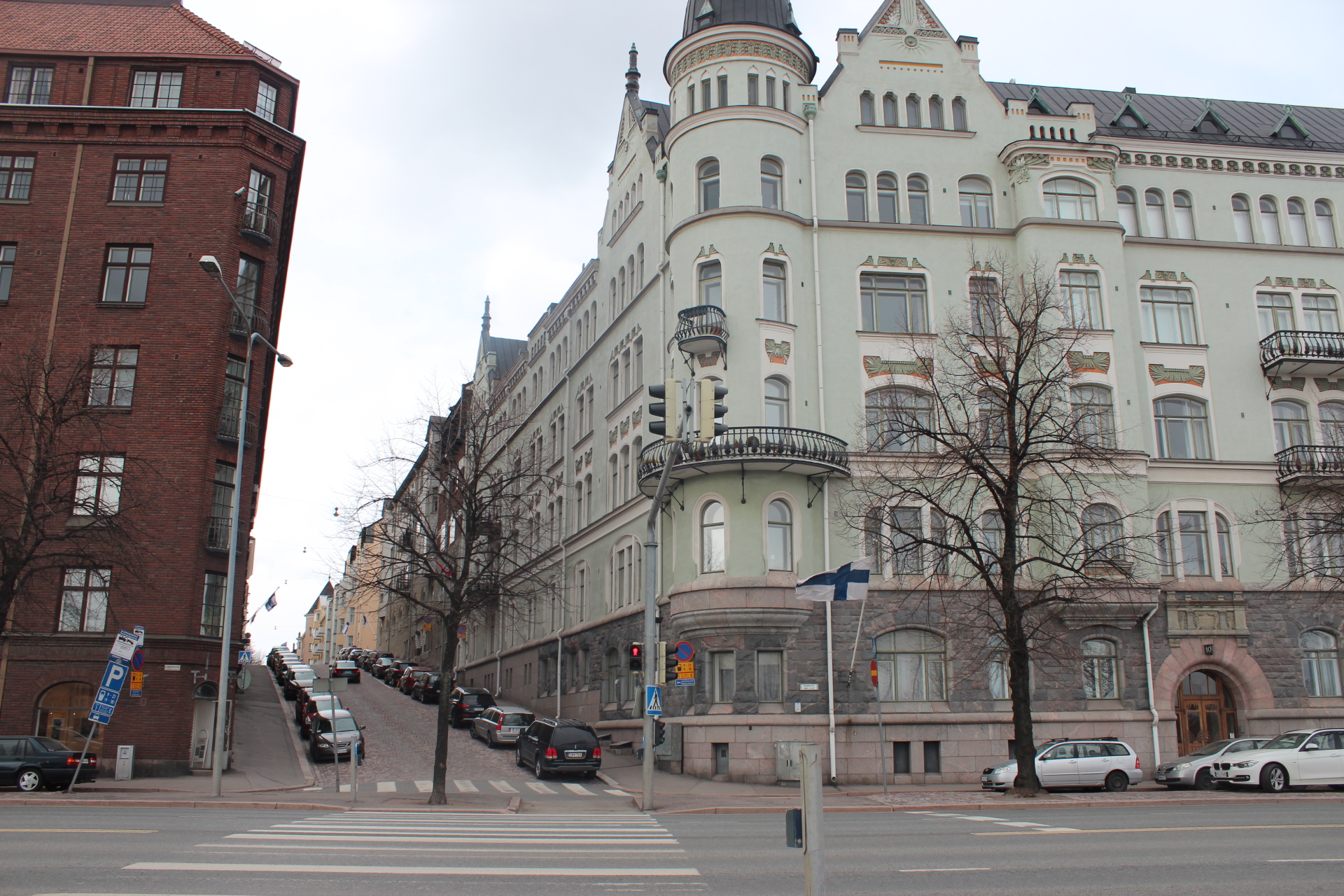NordenBladet — On 11 March, the Government decided to extend the restrictions on entry into the country until 17 April 2021. The COVID-19 pandemic continues to spread, and there are no adequate measures available yet to replace the restrictions. For this reason, and to curb the spread of COVID-19 variants, both internal border controls and restrictions on external border traffic will continue. Only minor changes were made to the decisions taken on 18 February. The changes will enter into force on 19 March 2021.
Finland will also continue to provide assistance to its neighbour Estonia. In accordance with the current operating procedure, the Gulf of Finland Coast Guard District has informed passengers at the Port of Tallinn about the conditions for entry since September 2020. The aim is to ensure that passengers will not be turned away at the Finnish border. For example, a holiday or work other than tasks that are considered essential from the perspective of security of supply or the functioning of society does not entitle travellers to enter the country even if they have a negative COVID-19 test certificate.
Finland restricts entry from all other Schengen countries except Iceland
Internal border traffic refers to traffic between Finland and other Schengen countries. Finland continues to restrict entry from all other Schengen countries except Iceland. The Schengen countries are Austria, Belgium, Czech Republic, Denmark, Estonia, Finland, France, Germany, Greece, Hungary, Italy, Latvia, Lithuania, Luxembourg, Malta, Netherlands, Poland, Portugal, Slovakia, Slovenia, Spain and Sweden, which are EU Member States, as well as Iceland, Liechtenstein, Norway and Switzerland, which are non-EU countries.
Minor changes to restrictions on external border traffic
External border traffic refers to traffic between Finland and non-Schengen third countries. Restrictions have already been lifted earlier for traffic arriving in Finland from the Vatican, and for traffic between Finland and Australia, South Korea, Singapore, Thailand and New Zealand for residents of these countries. Restrictions will now be lifted for traffic arriving in Finland from Rwanda for residents of Rwanda.
Restrictions on opening hours of border crossing points
The opening hours of certain border crossing points at the western border in Lapland and the eastern border will be restricted. The aim of these changes is to concentrate cross-border traffic mainly to daytime and evening hours. This will ensure that the health authorities have sufficient resources at the border. The objective is to guide all people crossing the Finnish border to a COVID-19 test, unless they can present proof of a sufficiently recent negative COVID-19 test or proof of recovery from COVID-19. The limited opening hours do not apply to goods transport or to necessary passenger traffic with a justified reason to cross the border outside the opening hours.
After an amendment to the decision of 18 February 2021, the opening hours of the border crossing points of Ylitornio and Vartius will also be restricted in order to ensure health security.
Government still recommends avoiding unnecessary travel abroad
Under the Constitution of Finland, Finnish citizens and residents of Finland always have the right to return to Finland, and everyone has the right to leave Finland if they so wish, provided that there is no legal impediment to this. However, the Government still recommends avoiding unnecessary travel to other countries, except for countries for which the restrictions on entry have been lifted. Travellers must be aware of the current entry and quarantine regulations of their country of destination.For more detailed information on the restrictions on internal and external border traffic, see the Border Guard website and the press releases published on 22 January, 11 February and 18 February by the Ministry of the Interior.
Kuva: NordenBladet
Source: Valtioneuvosto.fi
